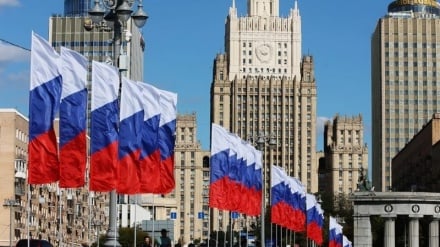Marking martyrdom of Prophet's grandson and progeny in Iran / Iranian photographers' pictures chosen by Pars Today
-
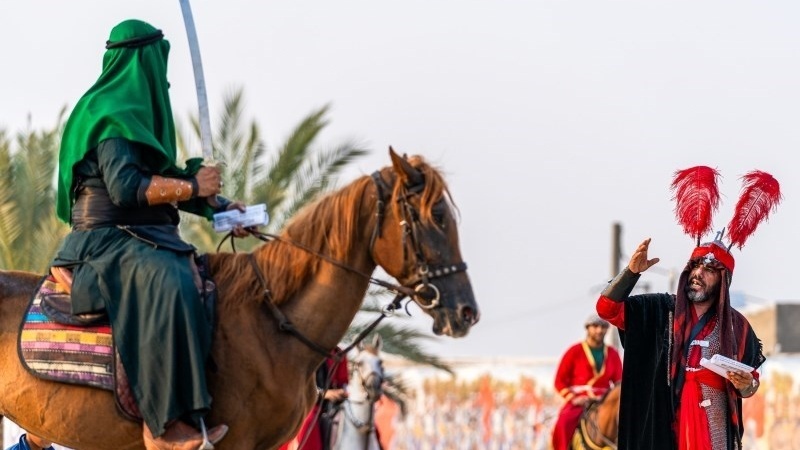
Marking martyrdom of Prophet\'s grandson and progeny in Iran
Pars Today - Mourning ceremonies of martyrdom of Imam Hossein, the younger grandson of the Prophet of Islam, were held across the Islamic Iran in a special atmosphere during the first ten days of the Islamic month of Moharram 1446 AH.
Imam Hossein (Peace upon him) and his loyal companions were martyred on the 10th day of Moharram, 61 AH (corresponding with the 9th of October, 680 AD). According to Pars Today, concurrent with the arrival of Moharram and the days of mourning for Imam Hossein and his loyal companions, the lovers of the Master of martyrs in Iran cover the walls of houses, government buildings, holy places, mosques, and even the entrance of their houses with black cloth and commemorate the unique tragedy of Karbala with mourning ceremonies.
Wearing black clothes has been the sign of grief in Iran since old times. If someone lost a dear one or a relative, he/she would wear black.
In continuation of this report, you can see pictures of mourning among Iranians for the Master of martyrs:
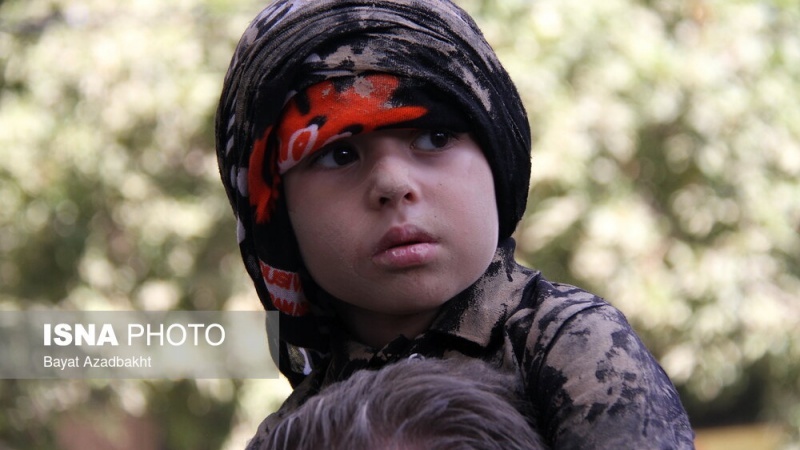

The ceremony of "Hosseini Sucklings" is a very huge gathering which is held in commemoration of Imam Hossein's 6-month son, Ali Asghar, who was martyred on the day of Ashura with parched lips. This great ceremony is held every year in mosques, hosseiniyehs, and holy places in all cities of Iran, and several other countries such as India, Pakistan, Afghanistan, Bahrain, Iraq, Arabia, Turkey, Bangladesh, Indonesia, Lebanon, Republic of Azerbaijan and so on. Mothers attend this ceremony with their young infants wearing green clothes, headscarves and headbands. Mourning for Ali Asghar while reciting lullabies and rocking cradles are among old customs among Iranian mothers.
Mash'al Gardani is among the customs on Moharram in Iran and Iraq. This custom is done with turning around torches in a circular pattern in streets, squares and holy places.
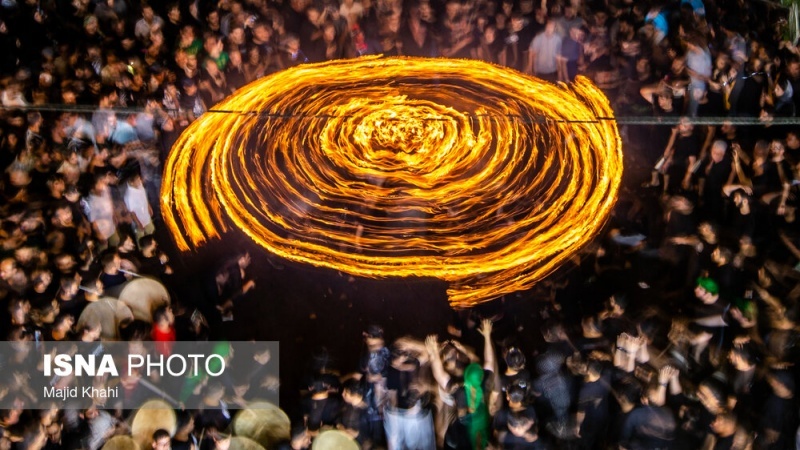
Nakhl Gardani or Nakhl Bardari is another traditional custom held in Iran to commemorate Imam Hossein and his unique epic. This custom is done with a black-clad cabin like a coffin. This cabin is decorated with colorful shawls and mirrors. It is carried by locals at hosseiniyehs, tekyehs and places where mourning ceremonies are held. Nakhl Gardani is held mostly in the cities and villages of central Iran among the people of deserts.
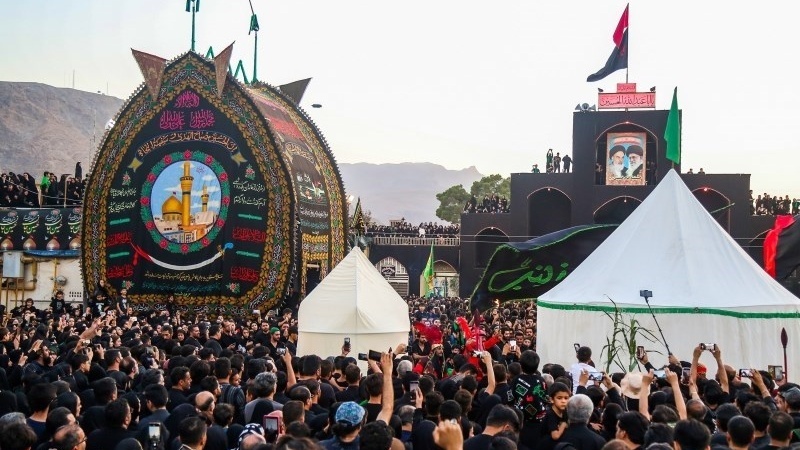
Sineh Dowr is an old mourning custom which is held in Shahrood city of Semnan province. Sineh Dowr is held with men forming a circle and beating their chests. Each person clutches his left hand on the waist of the one beside him and beats his chest with the right hand. The feet are also moved upward to indicate the lifestyle of people in Shahrood most of whom were farmers.
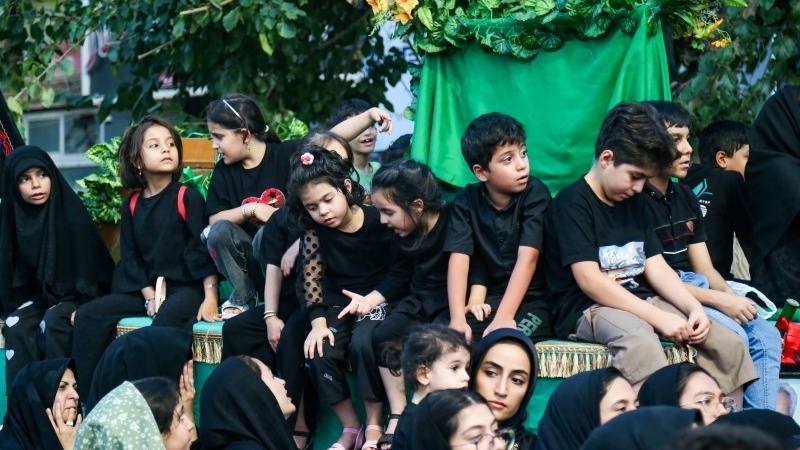
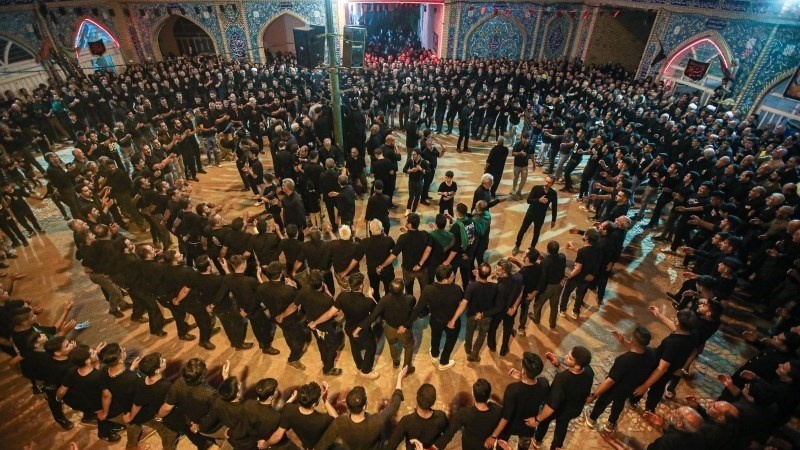
Sham' Paylamaq (candle turning) is a custom dating back to a century ago. This custom begins in the afternoon of Tasua (9th of Moharram) and ends till night of the same day. Mourners, individually or in groups, light 41 candles in front of 41 mosques and lament for Imam Hossein and his companions while reciting elegies.

Tazieh and Shabih Khani is a traditional religious drama which narrates the epic tragedy of Ashura and martyrdom of Imam Hossein and his companions and captivity of the womenfolk of his caravan. This custom is often performed in Iran during the first 10 days of Moharram.
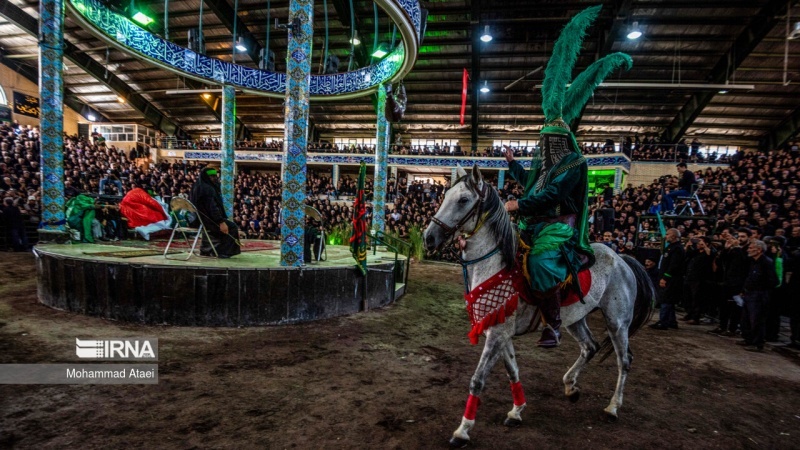
Sham-e Ghariban is another custom. Sham-e Ghariban literally means the night of the lonely. According to the literature and elegies of Farsi poets and writers, this custom is related to the events after the sunset of Ashura. The elegies of this custom are reminiscent of the homelessness of the Ahl al-Bayt of Imam Hossein and the captivity of women and children, namely, the survivors of the tragedy of Karbala. This custom mainly focuses on the tragedies of Lady Zeinab and her bitter moments in the middle of desert among the enemies. Some of the special ceremonies, like lighting candles and sitting in dark, make this night different from other ones of Moharram.
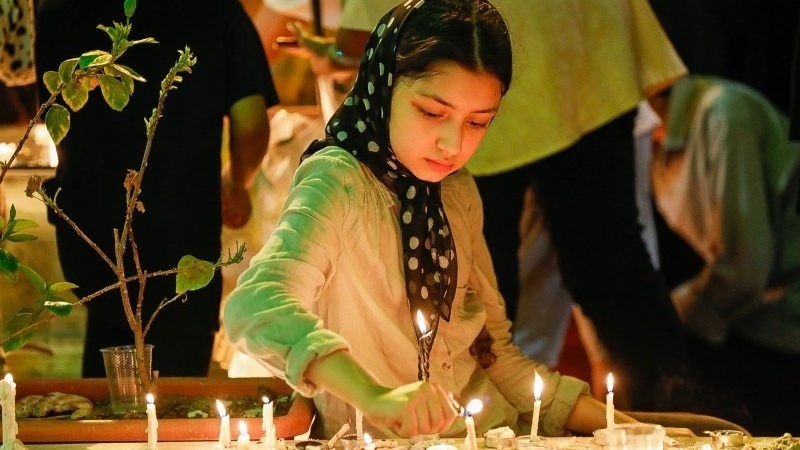
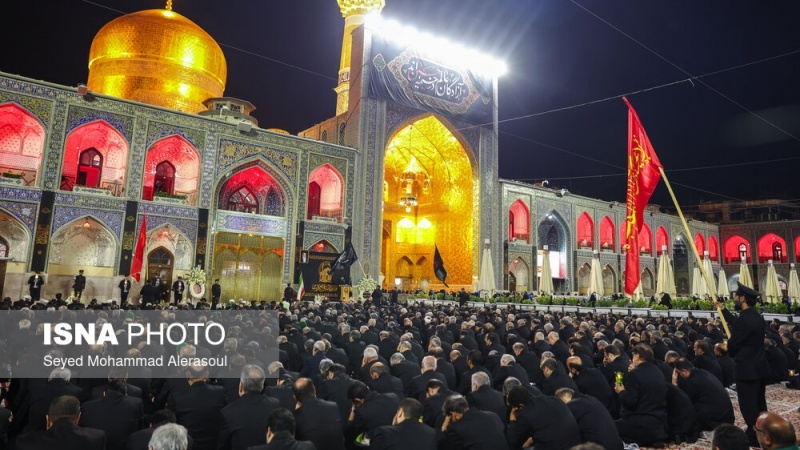

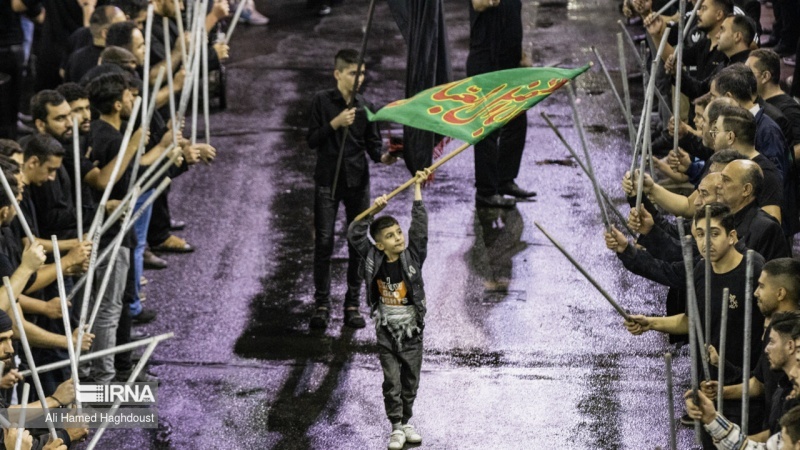

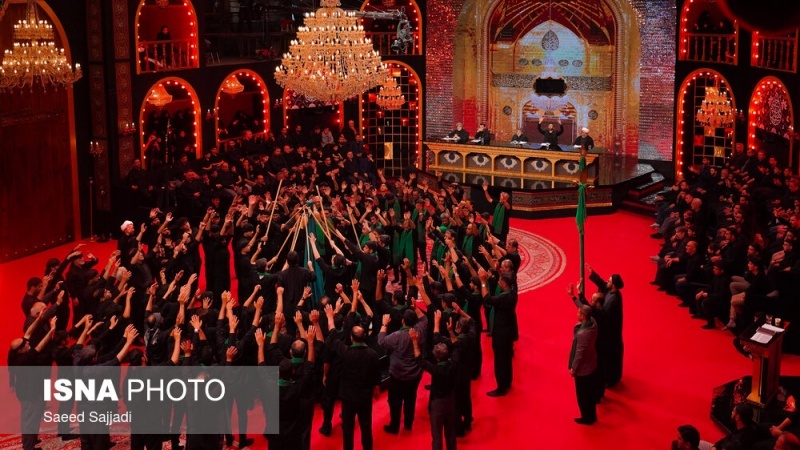
Gelmali custom is an important spiritual heritage of Lorestan province. Gelmali literally means covering the body with mud. This custom is held gloriously in Lorestan every year on the day of Ashura. Many of the mourners even plunge in mud and hold this custom while beating their chests and reciting elegiac poems to the tune of Chamarooneh, a special instrument which is played for sad events.

RM/MG
Key phrases: Who is Imam Hossein? Ashura, Karbala event, Imam Hossein's uprising, Iranians' mourning for Imam Hossein, Sham-e Ghariban of Imam Hossein, Hosseini Sucklings gathering


